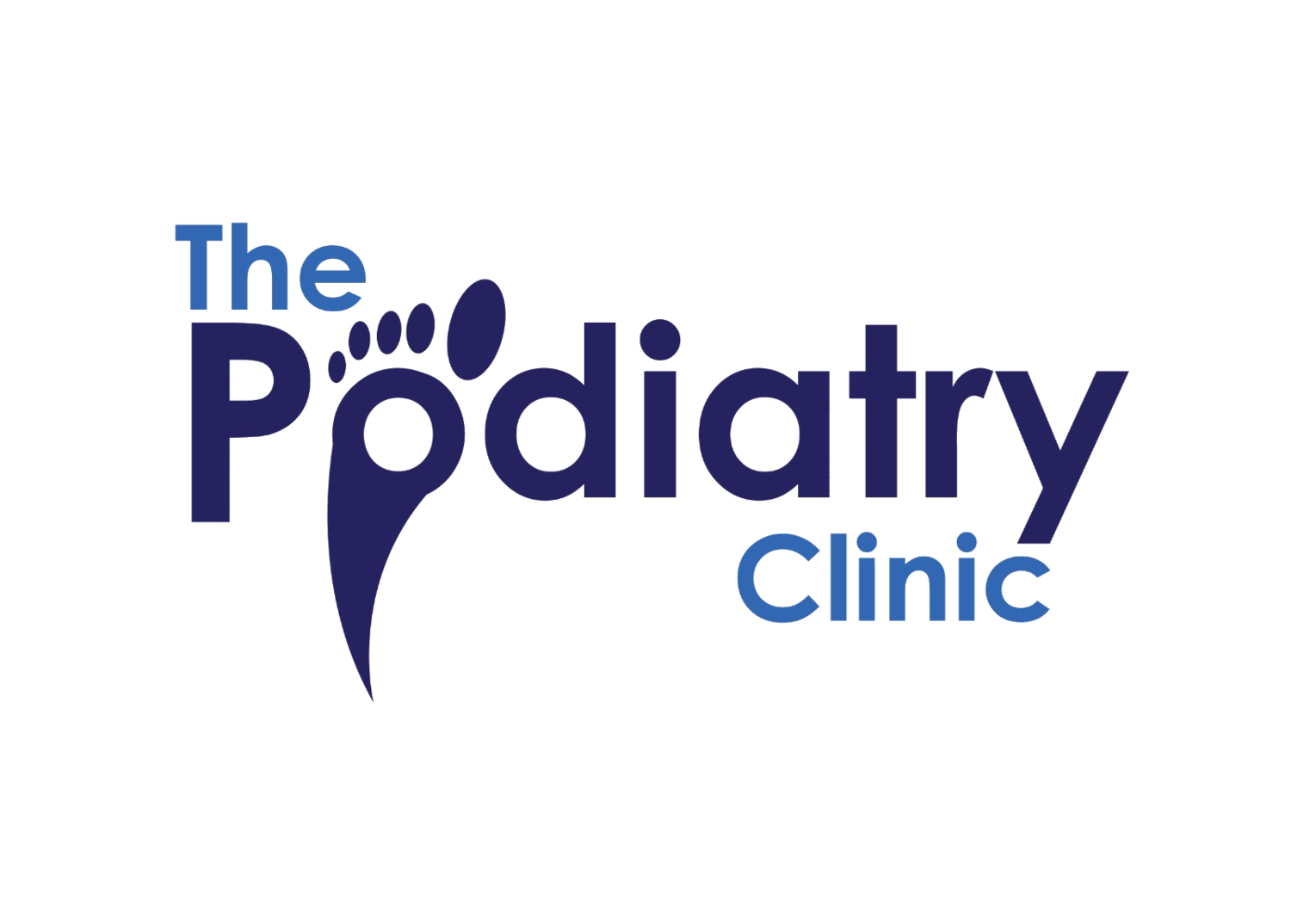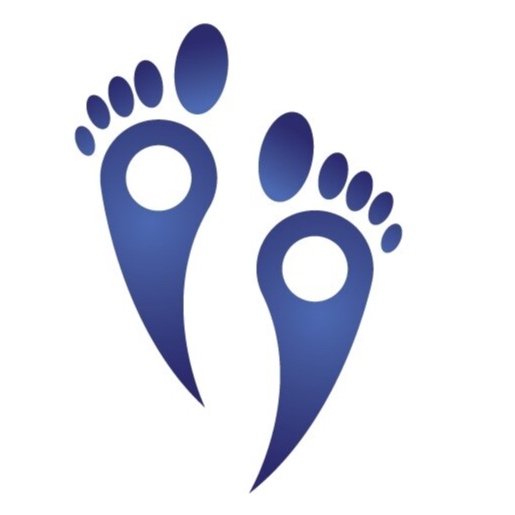Is my neck pain caused by a simple strain or something else?
When muscles become overstretched and sore, such as through overuse, sitting with bad posture, or sleeping with your neck in an awkward position, we've all experienced a neck strain. A mild strain might create intense discomfort and a stiff neck that limits activities, but it normally improves in a few days. But what if your neck ache is caused by a more significant underlying disease that won't go away? Here are a few methods for determining the difference.
Pain for days vs. pain for weeks
It might be difficult to tell the difference between pain generated by a strain and discomfort caused by a more serious condition. Neck strains and cervical spine problems like degenerative disc disease or osteoarthritis can all cause neck discomfort ranging from dull and mild to severe and excruciating.
The duration of the pain is an important consideration. Within a few days or weeks, most neck strains begin to feel substantially better. Underlying cervical spine abnormalities usually cause discomfort that lasts more than a few weeks, comes and goes, and gets worse over time.
Knowing the difference between pain caused by a minor neck strain and pain caused by a significant injury might help you seek treatment quickly and avoid problems. If you have any doubts about the cause of your neck pain, consult a certified health expert.
How sprain or soft tissue injury causes neck pain?
Neck strains and sprains can cause modest discomfort to severe neck pain that makes it difficult to do things like drive or dress. Here's what causes soft tissue injuries and how to treat them. Muscles, tendons, and ligaments are just a few of the soft tissues that attach to the neck. To support your neck and head, these soft tissues all function together. They also allow movement in your neck at the same time. When one or more of these soft tissues are stretched beyond their normal range, a neck strain or sprain results (NICE 2018 and APTA 2017).
Neck strain symptoms & causes
Strains and sprains of the neck can cause similar symptoms. The following are some of the more common signs and symptoms:
Pain localized to the neck region
Pain that ranges from achy or throbby to sharp or intense
Stiff neck
Neck muscle spasm
Pain that worsens with movement
Neck strain can cause pain in other parts of the body, including the head, shoulder, and upper back.
Neck strains can occur in a variety of ways, including:
Poor posture or holding the neck at an awkward angle
Lifting something that is too heavy
Whiplash, such as during a car collision
Repetitive neck motion motions
Performing a new or unfamiliar activity
Neck strain treatments
The following are some of the most common first-aid treatments for neck strain:
Rest and/or activity modification
Over-the-counter pain medication (such as acetaminophen, ibuprofen, or naproxen)
Cold therapy
Heat therapy
Neck strains and sprains usually improve in a few days without the need for medical attention. If your neck pain persists or recurs despite self-care, or if it's accompanied by other symptoms like weakness or severe arm pain, see a doctor to rule out more serious conditions.
How nerve entrapment causes pain numbness pins needles and weakness?
A change in neurological function caused by a compressed spinal nerve root in the neck is referred to as cervical radiculopathy. One or more of the following symptoms are commonly associated with cervical radiculopathy (NICE 2018 and APTA 2017):
Radicular pain that radiates into the arm
Pins-and-needles tingling
Numbness that travels down the arm
Weakness that may involve different muscles of the arm
Cervical nerves and radiculopathy
The cervical spine has eight pairs of spinal nerves labelled C1 to C8. Each spinal nerve has two nerve roots, one that transmits motor signals and the other that transmits sensory signals. These cervical nerve roots arise from the spinal cord and exit the spinal canal through the intervertebral foramina (bony holes), providing motor function and sensation to the shoulder, arm, hand, and fingers.
Conditions that may cause radiculopathy
One or more of the following conditions commonly cause cervical radiculopathy:
Degenerative disc disease of the cervical spine. When the intervertebral discs lose hydration, they can flatten out and the foramina where the spinal nerves exit the spinal canal can narrow.
Osteoarthritis of the cervical spine. When the cartilage in the facet joints begins to wear away, bone spurs (osteophytes) may form to enlarge and stabilise the joint. The foramina may be narrowed and a nerve root compressed by these bony overgrowths.
Herniated disc in the cervical region. Inflammatory proteins may leak onto a nearby nerve root when the disc's protective outer layer tears or breaks, causing inflammation and pain.
Cervical radiculopathy can be caused by a variety of factors, including ligament thickening, fracture, or tumour.
Symptoms & Treatment
Cervical radiculopathy can manifest itself in a variety of ways, from the neck to the arms and fingers. Which cervical nerve root is compressed determines the exact location of pain, tingling, numbness, and/or weakness. Compression of the C7 nerve, for example, may cause symptoms to manifest in the triceps and/or the middle part of the hand. Signs and symptoms of cervical radiculopathy are usually one-sided, such as pain down one arm. Nerves can also be compressed on both sides of the neck, resulting in bilateral symptoms of cervical radiculopathy (NICE 2018 and APTA 2017).
The following are some of the most common nonsurgical treatments for cervical radiculopathy:
Rest and/or activity modification
Physical therapy
Ice and/or heat therapy
Nonsteroidal anti-inflammatory drugs (NSAIDs)
Cervical epidural steroid injections
Nonsurgical treatments can usually manage and alleviate cervical radiculopathy. Surgery to help decompress the nerve may be considered in rare cases where neurological deficits continue to worsen.
To book for an appointment you can call our normal reception line, 0121 285 5656 or email direct to hello@thepodiatryclinics.co.uk requesting an appointment. Please include your name, date of birth, your address and GP contact details.
You will be sent a form to complete and forward back to us or bring along on the day.
OR simply click the button below!
References:
National Institute for Health and Care Excellence United Kingdom: 2018 “Guidelines for Neck Pain diagnosis and Treatment”.
APTA (2017) Neck Pain: clinical practice guidelines linked to the international classification of functioning, disability and health from the orthopaedic section of the American Physical Therapy Association. American Physical Therapy Association.




